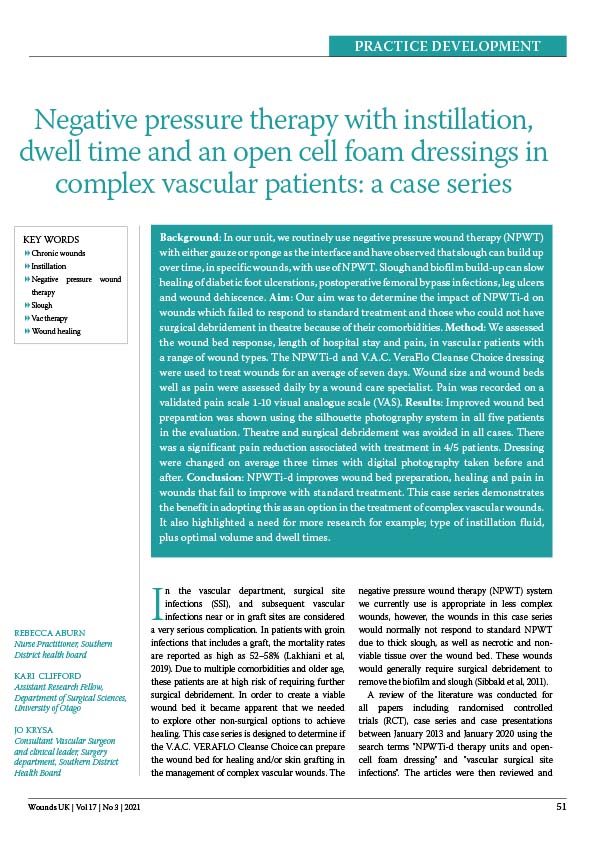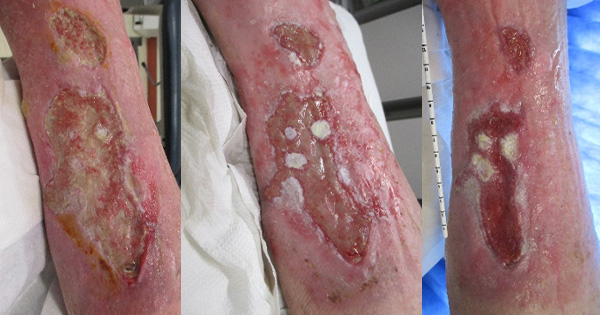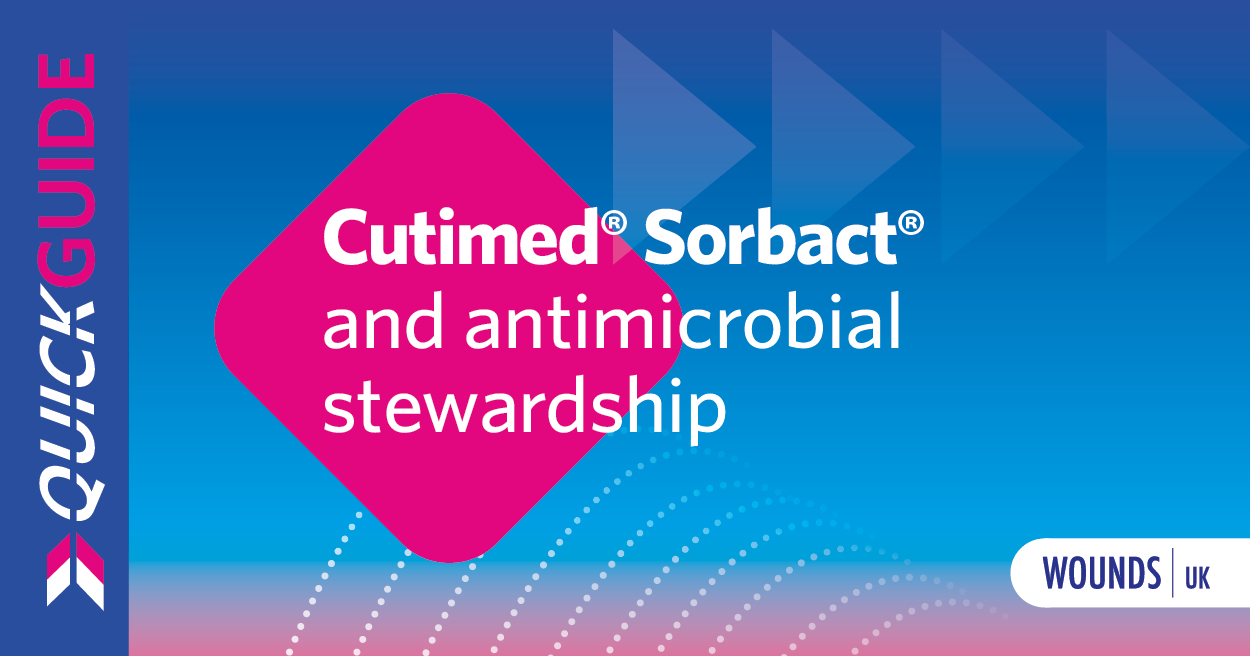Background: In our unit, we routinely use negative pressure wound therapy (NPWT) with either gauze or sponge as the interface and have observed that slough can build up over time, in specific wounds, with use of NPWT. Slough and biofilm build-up can slow healing of diabetic foot ulcerations, postoperative femoral bypass infections, leg ulcers and wound dehiscence. Aim: Our aim was to determine the impact of NPWTi-d on wounds which failed to respond to standard treatment and those who could not have surgical debridement in theatre because of their comorbidities. Method: We assessed the wound bed response, length of hospital stay and pain, in vascular patients with a range of wound types. The NPWTi-d and V.A.C. VeraFlo Cleanse Choice dressing were used to treat wounds for an average of seven days. Wound size and wound beds well as pain were assessed daily by a wound care specialist. Pain was recorded on a validated pain scale 1-10 visual analogue scale (VAS). Results: Improved wound bed preparation was shown using the silhouette photography system in all five patients in the evaluation. Theatre and surgical debridement was avoided in all cases. There was a significant pain reduction associated with treatment in 4/5 patients. Dressing were changed on average three times with digital photography taken before and after. Conclusion: NPWTi-d improves wound bed preparation, healing and pain in wounds that fail to improve with standard treatment. This case series demonstrates the benefit in adopting this as an option in the treatment of complex vascular wounds. It also highlighted a need for more research for example; type of instillation fluid, plus optimal volume and dwell times.







